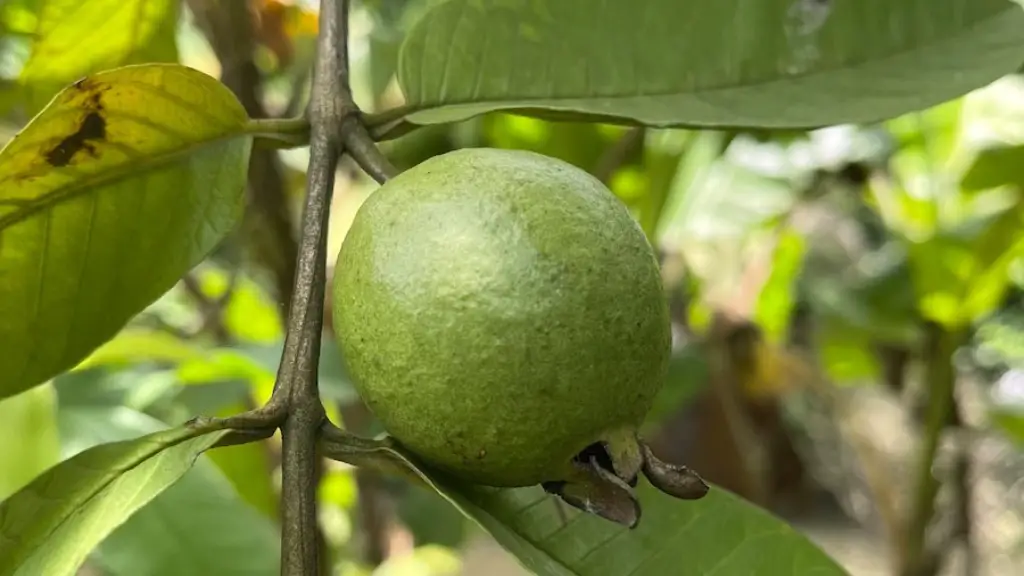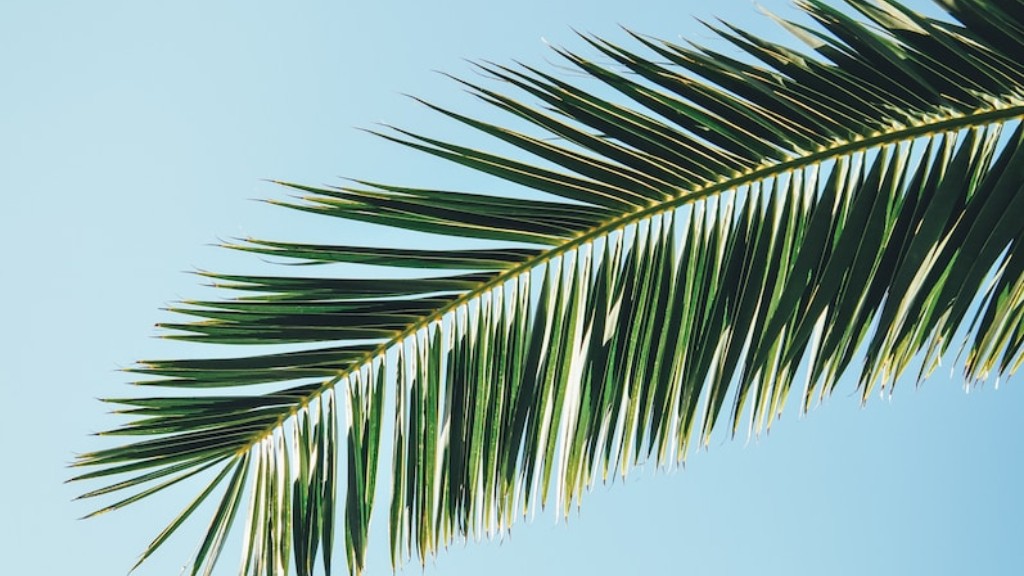Lemons turn yellow on a tree when they have reached their full size, have stayed on the tree long enough and have been exposed to the right amount of sunlight and heat. The process of lemons changing color, from green to yellow, is called ripening. In order to ripen, lemons must pass through a few stages of maturity. The initial step of ripening is a gradual transformation, where the lemons begin to darken in color while gaining more sweetness, they eventually turn a bright yellow, entering their mature and fully ripe stage. How fast this processes happens depends on the variety of lemon, location, and other external factors such as sunlight, temperature, soil type and climate.
At the start of the ripening process, the green lemons are mostly sour and acidic, but as the color of the lemons changes, the acidity decreases and the sweetness increases. In order to turn yellow and become fully ripe, the lemons need a combination of several factors, including the amount of sunlight, heat and humidity in the place where the lemon tree is located. As soon as those external factors have been satisfied, the lemons will ripen at a fast pace, turning yellow in a matter of days.
Temperature largely affects the ripening process, as too much heat might cause the lemons to turn yellow and become soft too soon, hindering their shelf-life and rate of ripening. That’s why an optimum warm climate with sunny days will provide the best conditions for ripening the lemons, allowing them to turn yellow in an ideal way. Too much heat will cause the lemons to brown, spoil or over-ripen and fall off the tree.
Two things that might speed up the ripening process are direct sunlight and humidity. Direct sunlight will give the lemons the warmth they need to ripen, while humidity will stop excessive water loss, making sure that the right combination of moisture and heat is available during the ripening process. But too much of either of the two can delay or completely stop the ripening process.
In a typical lemon tree, the ripening process of the fruit will take place during the mid-to-late summer, with the best lemons ripening in late summer. Lemons can be harvested when they are still green in color, but the optimal time is once they turn yellow, since they will be much sweeter and more flavorful at that stage. If left on the tree for too long, the lemons will begin to shrivel, spoil and turn brown.
Varieties of Lemon Trees
Different varieties of lemon trees may require slightly different temperatures, sunlight and humidity conditions for their lemons to turn yellow, but generally, all lemon trees tend to respond similarly to those elements. The tangier the variety, the longer it will take for the lemons to ripen and turn yellow on the tree. On the contrary, acidic varieties of lemons tend to ripen much faster than other types.
Lemon trees that are planted in more shaded areas under a tree canopy tend to ripen more slowly, while trees receiving abundant sunlight will have fruits that will ripen more quickly. Additionally, the larger the lemon is, the more time it needs to ripen and turn yellow. On the other hand, lemons of the same size are likely to ripen at a similar rate, regardless of the lemon tree’s location.
Factors Contributing to the Ripening of Lemons
There are several factors that contribute to the ripening of lemons on the tree such as sunlight, heat and humidity. Generally, the more sun exposure that a lemon tree receives, the faster its lemons will ripen and turn yellow. When it comes to heat and humidity, it is important to find a balance between the two. Too much of either will cause the lemons to either spoil or not turn yellow.
It is also important to note that the different varieties of lemon trees may require slightly different conditions to ripen their fruits. The tangier varieties may require more heat and sunshine than other types, while smaller lemons tend to ripen faster than larger ones. Additionally, lemon trees planted in shaded areas under a tree canopy tend to ripen more slowly than trees planted in sunnier spots.
Harvesting
When the lemons have attained the desired yellow color and degree of sweetness, they are ready to be harvested. Although the lemons can be picked either when they are green or when they are yellow, picking them at the yellow stage is preferable since they will be much sweeter and more flavourful. If left on the tree for too long, the lemons will begin to shrivel, spoil and turn brown, so it is important to pick them as soon as they reach their optimal ripeness.
Storing Lemons
Once the lemons are picked from the lemon tree, the ripening process is arrested. Lemons will stay in their ripened stage and if kept in the proper conditions, their shelf life can last for 5-7 days. The lemons should be stored in a cool and dry place, away from direct sunlight, and preferably in a refrigerator. Try to avoid stacking the lemons on top of each other, as this may cause them to spoil more quickly.
Using Lemons
Lemons are incredibly versatile and can be used in a variety of ways, such as to enhance the flavour of various dishes, to make drinks, and to add a refreshing scent to certain areas of the house. Additionally, lemons have numerous health benefits, such as preventing certain diseases and helping to maintain a healthy weight. Lemons can also be used to make cleaning solutions and are known for their power to whiten teeth and improve the skin’s texture.
Conclusion
Lemons turn yellow on a tree when they reach their full size, have been exposed to the right amount of sunlight and heat, and have been on the tree long enough. This process of ripening requires a combination of various external factors, such as temperature and humidity, in order to take place. Once the lemons have reached their desired yellow hue and sweetness, they are ready to be harvested and can be kept in the proper conditions for up to a week. Lemons can be used in many ways, from cooking to health and beauty applications, making them one of the most versatile and beneficial fruits.


